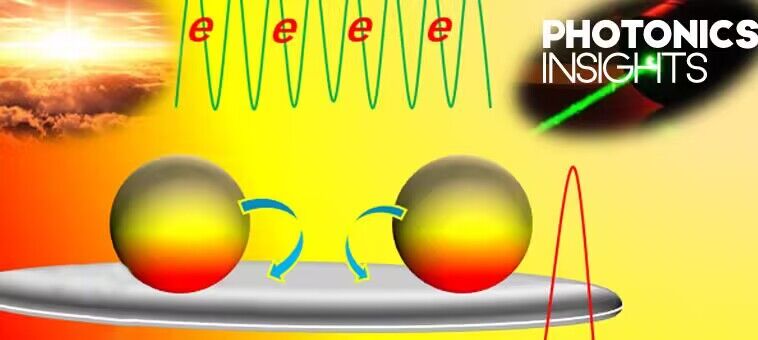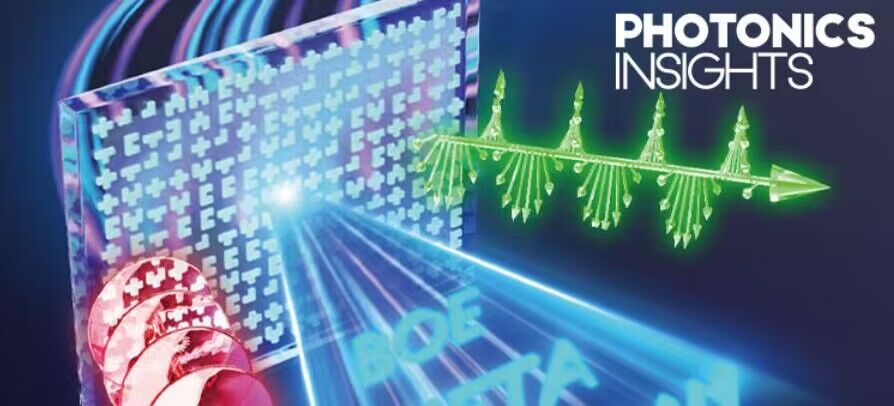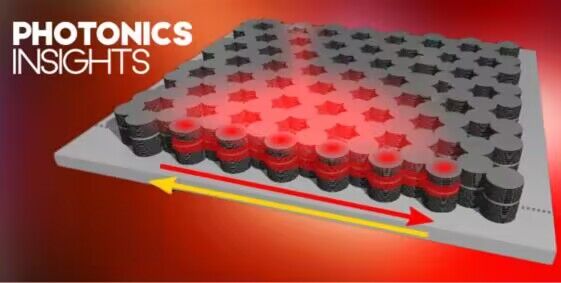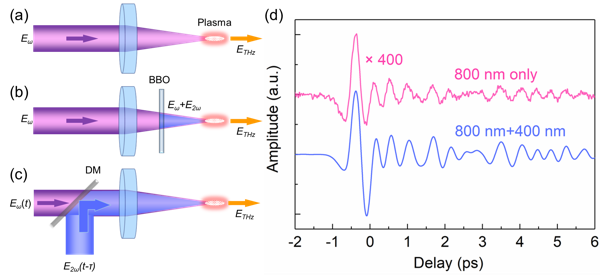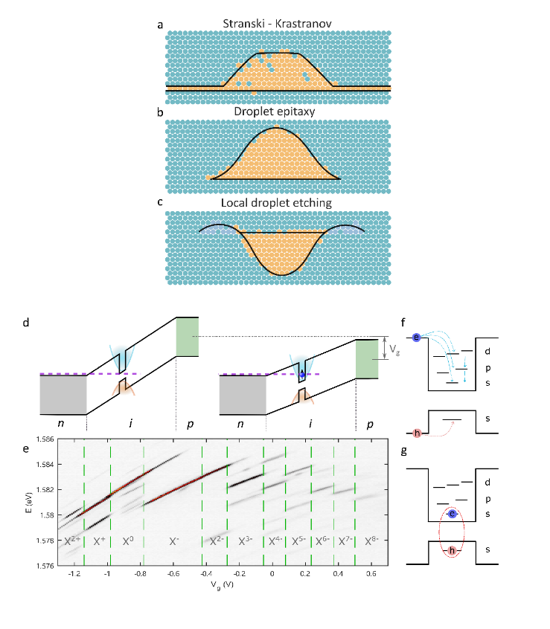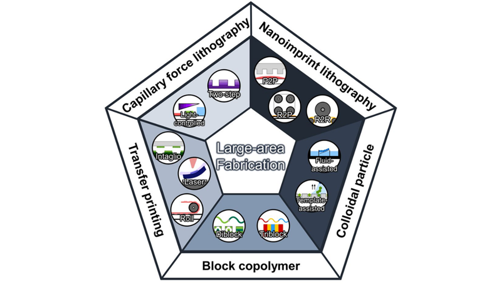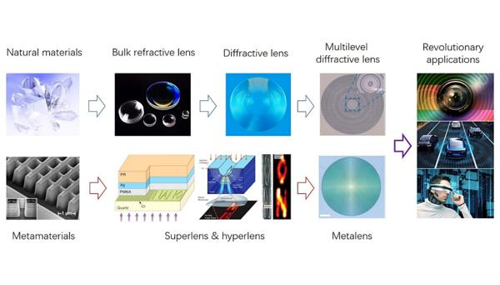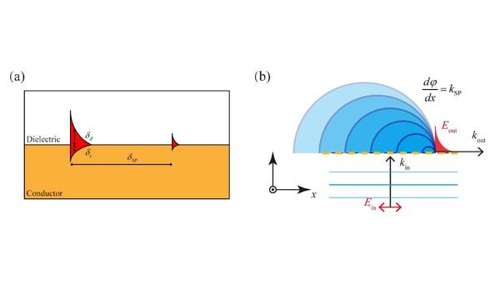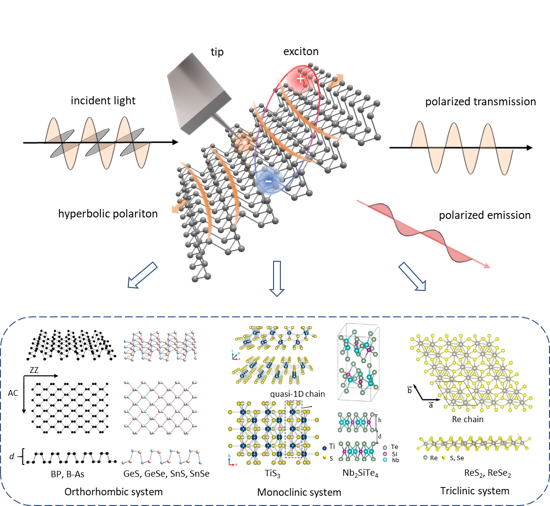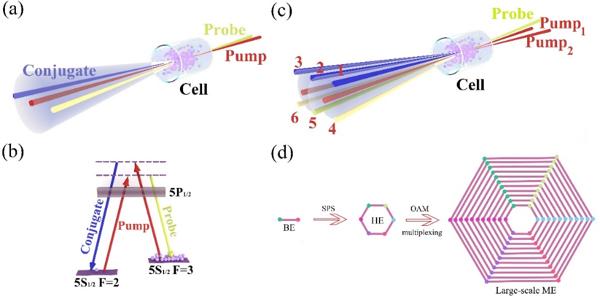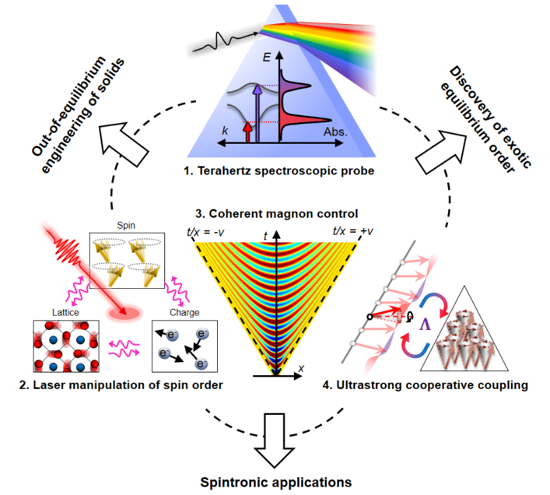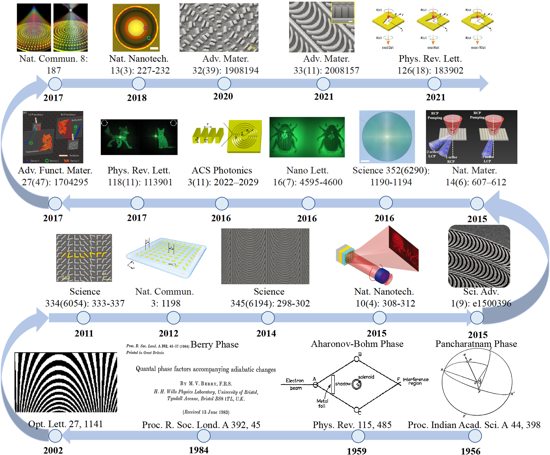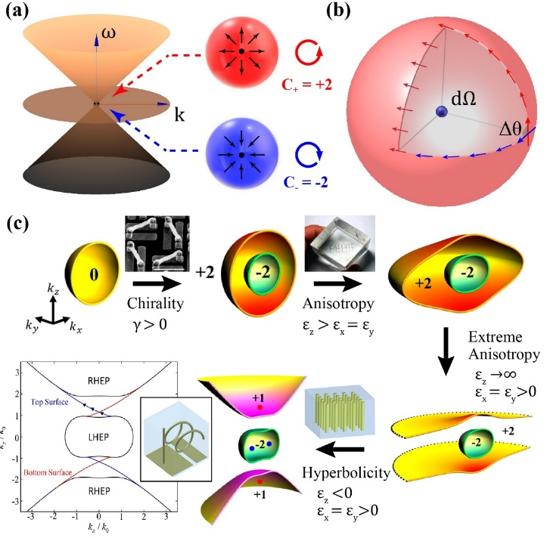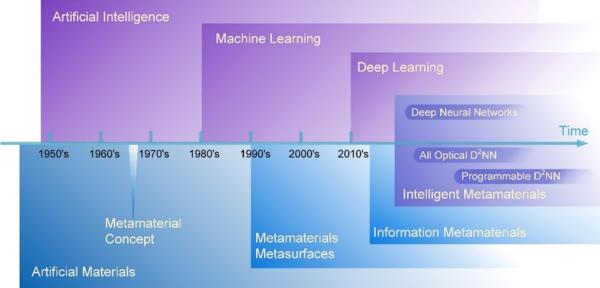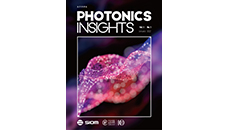Search by keywords or author
PI Highlights
At the invitation of the founding editor-in-chief of Photonics Insights, Professor Zhu Jia's team from Nanjing University authored a review paper titled " Plasmon-induced hot carrier dynamics and utilization" which was published in the fourth issue of Photonics Insights, 2024. (Jian Luo, Qile Wu, Lin Zhou, Weixi Lu, Wenxing Yang, Jia Zhu. Plasmon-induced hot carrier dynamics and utilization[J]. Photonics Insights, 2023, 2(4): R08)
Photonics Insights
- Mar. 07, 2024
- Vol. 2, Issue 4 (2024)
PI Highlights
Recently, a team of researchers led by Prof. Xiaocong Yuan at Shenzhen University and Prof. Liangcai Cao at Tsinghua University jointly contribute a comprehensive review paper entitled "Diffractive optical elements 75 years on: from micro-optics to metasurfaces", which was published in the fourth issue of Photonics Insights, 2023. (Qiang Zhang, Zehao He, Zhenwei Xie, Qiaofeng Tan, Yunlong Sheng, Guofan Jin, Liangcai Cao, Xiaocong Yuan. Diffractive optical elements 75 years on: from micro-optics to metasurfaces[J]. Photonics Insights, 2023, 2(4): R09)
Photonics Insights
- Feb. 27, 2024
- Vol. 2, Issue 4 (2024)
PI Highlights
Free electron light sources are featured by extraordinary luminosity, directionality, and coherence, which has enabled significant scientific progress in fields including physics, chemistry, and biology, et al. The next generation of light sources has aimed at compact radiation sources driven by free electrons, with the advantages of reduction both in space and cost.
Photonics Insights
- Nov. 03, 2023
- Vol. 2, Issue 3 (2023)
PI Highlights
A team of scientists led by Prof. Qihua Xiong at Tsinghua University was invited by Co-Founding-Editors-in-Chief, Prof. Lei Zhou and Prof. Din Ping Tsai, to contribute a comprehensive review paper entitled "Microcavity exciton polaritons at room temperature", which was published on the first issue of Photonics Insights as " On the Cover". (Sanjib Ghosh, Rui Su, Jiaxin Zhao, Antonio Fieramosca, Jinqi Wu, Tengfei Li, Qing Zhang, Feng Li, Zhanghai Chen, Timothy Liew, Daniele Sanvitto, Qihua Xiong. Microcavity exciton polaritons at room temperature[J]. Photonics Insights, 2022, 1(1): R04)
Photonics Insights
- Oct. 31, 2023
- Vol. 1, Issue 1 (2022)
PI Highlights
In past decades, substantial advances in terahertz (THz) science and technology have opened up a wide range of opportunities for research in physics, chemistry, material science, biology, and medicine etc. Potential applications of THz technology in biomedical analysis, linear and nonlinear spectroscopy, chemical/biological sensing, explosives detection, tomographic imaging, and nondestructive testing have thrust THz research from relative obscurity to new heights. In practice, some of the applications set higher requirements on both THz wave sources and detectors, in terms of THz pulse energy or peak electric field, bandwidth, polarization, and signal-to-noise ratio etc. Therefore, various THz sources and detectors with high peak electric field and ultra-broad bandwidth are highly desired. The requirement on THz sources and detectors with high peak field and ultra-broad bandwidth, in turn, propels the development of THz wave photonics based on gas-phase and liquid-phase plasmas.
Photonics Insights
- Sep. 05, 2023
- Vol. 2, Issue 3 (2023-)
PI Highlights
Semiconductor quantum dots are low-dimensional nanostructures that can be obtained by epitaxial growth techniques. They are often referred to as "artificial atoms" due to their nanoscale sizes and discrete energy levels in the conduction and valence bands. The development of epitaxial quantum dots (hereinafter referred to as "quantum dots") dated back to the early 1990s, where their initially applications include temperature-insensitive semiconductor lasers. Since then, researchers have made significant improvements in almost all aspects of quantum-dot system, ranging from well-controlled epitaxial growth to a comprehensive understanding of low-dimensional semiconductor physics.
Photonics Insights
- Aug. 31, 2023
- Vol. 1, Issue 2 (2022-)
PI Highlights
Using light to remotely and precisely manipulate objects, a concept generalized as optical manipulation, has gained strong momentum in various academic disciplines such as life sciences, quantum physics and micro-robotics, ever since its inception landmarked by the invention of optical tweezers by Arthur Ashkin, Steven Chu, and their coworkers at the Bell lab. Centering at exploiting momenta of photons and the associated optical force/torque, corresponding researches of optical manipulation have primarily dedicated to either improving the resolution of experimental apparatus to maneuver ever-smaller objects down to single atomic level, or sculpturing the wavefront of light beams to ever-more perplexing patterns to meet the demand of parallel, multi-mode and multi-functional manipulation of micro-nano objects.
Photonics Insights
- Jun. 25, 2023
- Vol. 2, Issue 2 (2023)
PI Highlights
Micro/nanofabrication techniques have gained significant attention in photonic applications since manufacturing approaches directly determine the structural materials of photonic devices and the corresponding optical characteristics, device efficiency, and production costs. Various scalable fabrication methods have been steadily investigated for the manufacturing of photonic devices such as optical absorbers, solar cells, metalenses, metaholograms, and wearable optical devices.
Photonics Insights
- Jun. 01, 2023
- Vol. 2, Issue 2 (2023)
PI Highlights
Recently, a team led by Prof. Tao Li and Prof. Shining Zhu from Nanjing University was invited by Co-Editors-in-Chief, Prof. Lei Zhou and Prof. Din Ping Tsai, to contribute a comprehensive review paper entitled "Revolutionary meta-imaging: from superlens to metalens", which was published in the Volume 2, Issue 1 of Photonics Insights.
Photonics Insights
- Apr. 18, 2023
- Vol. 2, Issue 1 (2023)
PI Highlights
Surface plasmons are electromagnetic surface waves that propagate at the interface between a conductor and a dielectric (usually metal-air interface). The most appealing feature of surface plasmons is the capability to concentrate light on two-dimensional platform and produce very high local-field intensity, providing a vital route to construct on-chip optical devices and manipulate light-matter interactions. In parallel to the flourish of metamaterials and metasurfaces in free-space, the development of meta-optics has also brought a renewed interest to the manipulation of surface plasmons.
Photonics Insights
- Apr. 07, 2023
- Vol. 2, Issue 1 (2023)
PI Highlights
Two-dimensional (2D) materials with only single to several atomic layers, exhibit surprisingly strong light-matter interactions, for example, the exitonic absorption in monolayer transition metal dichalcogenides (TMDCs) can be as large as 20%. There are many kinds of 2D materials with diverse band structures and high tunability, exhibiting rich optical properties.
Photonics Insights
- Apr. 04, 2023
- Vol. 2, Issue 1 (2023)
PI Highlights
Over the past thirty years, with the generation of optical quantum states in the experiments, the field of quantum information science has developed rapidly. A series of quantum information protocols have been proposed and implemented experimentally. For example, quantum teleportation, quantum entanglement swapping, quantum dense coding, quantum key distribution, and quantum secret sharing. The implementation of these quantum information protocols has laid the foundation for the development of quantum communication. At the same time, optical quantum states make the measurement accuracy successfully exceed the standard quantum limit, and they have been widely used in quantum metrology and quantum sensing.
Photonics Insights
- Mar. 08, 2023
- Vol. 1, Issue 2 (2023)
PI Highlights
In the age of the Three Kingdoms, Liu Bei's steed was named Dilu. Its unaesthetic appearance once led people to believe that the horse was cursed, and would bring misfortune to people who rided it. Bei had for sure heard about the rumor, but never thought about abandoning the horse, even during his most difficult times. Once Bei was attending an ill-intentioned feast in Jingzhou, where a local warlord arranged a plot to hunt him down at the scene. Not long before the warlord made the move, Bei was informed and he fled, riding Dilu. In a fluster, he got lost and trapped in the middle of a river called Tanxi. No horse had ever been able to travel through Tanxi because it was wide and had strong undercurrent. The enemy pursuers were getting really close and Bei had nowhere to hide. In despair, he said, "Dilu, Dilu, you bring me misfortune after all," and planned to give up.
Photonics Insights
- Feb. 06, 2023
- Vol. 1, Issue 2 (2022)
PI Highlights
Geometric phase, also known as PB phase, has a profound meaning in many branches of physics, such as condensed matter physics and quantum systems, and has been extended to classical optics. Although geometric phase has a long history of research, with the development of optical research towards the sub wavelength scale, this ancient concept has been pregnant with new connotation, which brings new optical theories, micro/nano structure devices and optical applications.
Photonics Insights
- Nov. 14, 2022
- Vol. 1, Issue 1 (2022)
PI Highlights
In mathematics, topology is concerned with the properties of a geometric object that are preserved under continuous deformations. In physics, topology is generally manifested in the evolution of the eigenstates. With the celebrated quantum Hall effect introducing topological Chern invariants into physical systems for the first time, interesting phenomena based on topology have been vigorously developed in various fields of physics.
Photonics Insights
- Oct. 25, 2022
- Vol. 1, Issue 1 (2022)
PI Highlights
Information metasurfaces develop from digital coding and programmable metasurfaces, the initial idea of which is to design the metamaterials structure pattern in a digital way. Compared to previous research focusing on the material characteristics and function realization, information metasurfaces discuss from the perspective of information science and produce a totally digital pattern on metamaterial configuration by digital and discrete meta-element.
Photonics Insights
- Oct. 12, 2022
- Vol. 1, Issue 1 (2022)
News
Photonics Insights will be a high-quality,peer-reviewed, Diamond Open Access journal. It will feature review articles which present the current status of a given topic, with background, research progress, conclusions, and possible future developments.
Photonics Insights
- Apr. 28, 2021
- Vol. , Issue (2021)

